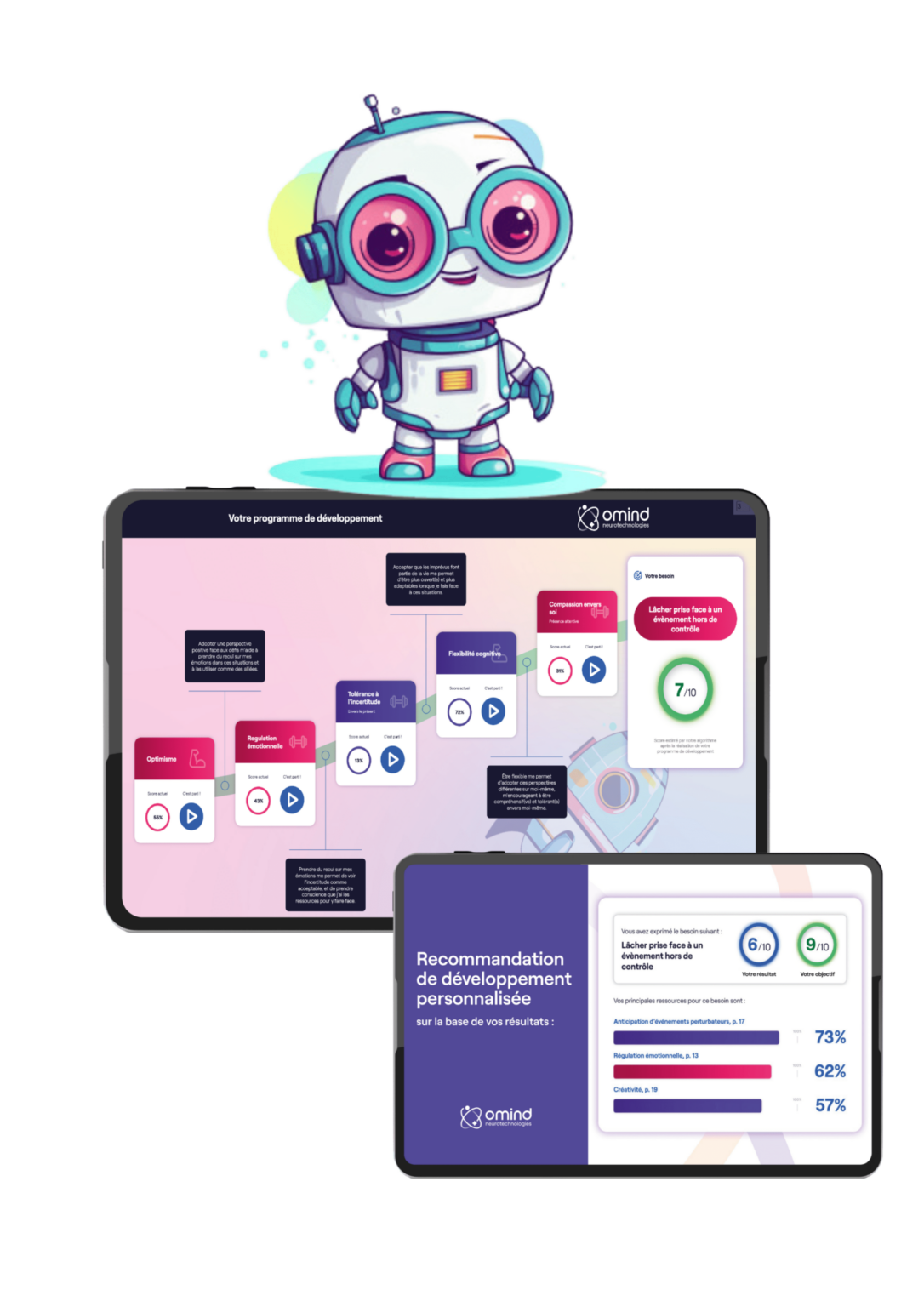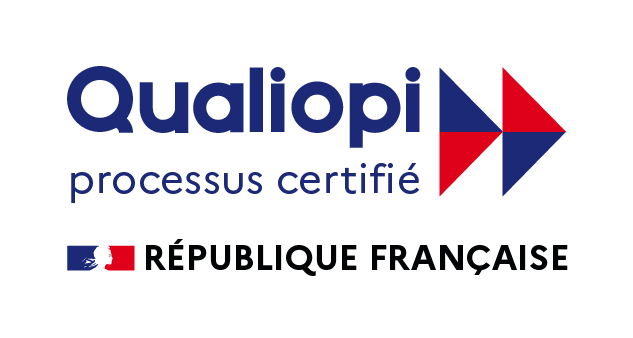Nature has long been associated with psychological and physical benefits. According to Kaplan and Kaplan’s (1989) study, “The Experience of Nature: A Psychological Perspective”, contact with natural environments can improve concentration, reduce stress and facilitate creativity. The authors describe natural stimuli as “gently fascinating”.
Recent research also confirms that time spent in nature can reduce levels of cortisol, the stress hormone, and improve overall well-being (Bratman et al., 2015). Let’s be clear, while prolonged high cortisol levels are undesirable, they’re not inherently bad either: they play a positive role in reactivity, getting people moving and concentrating. That said, for teams under pressure, a bubble of oxygen can be salutary!
Outdoor coaching: back to basics
Testimonials for outdoor coaching are multiplying. Organizing coaching sessions outdoors can create an environment environment for reflection and inspiration. A 2014 study found that participants who engaged in outdoor activities increased their creativity by 50%. (Berman et al., 2012).
Personal testimony: A debriefing for a team at a seminar was scheduled to take place in a room with slides. Something unexpected happened: a member of the team had just left to go to the bedside of his wife, who was terminally ill with cancer. The team, obviously shaken, remains very professional and intent on keeping to the program, so the situation was no surprise even if the timing was. First coffee break in the garden. As we return to the room, the team asks if we can stay outside. We drop the slides. The weather’s fine, and shoes make way for feet on the grass or in the water (there’s a pool). The team exchanges, all themes are addressed, sadness comes and goes, joy is also present, and you don’t need a study to know that the environment soothes. A reminder, too, of the possibilities of alternating between screen interfaces and green or cactus settings. A little coaching in Mexico?
Integrating nature into coaching, even without going outside
Not always possible to leave the customer’s premises? Integrative techniques are an option.
Use natural metaphors: Encourage customers to represent themselves in a natural context. For example, asking them to visualize their journey as the growth of a tree in the face of the seasons can prompt reflections on resilience and evolution. Using landscape images in identity coaching also helps reduce bias: a tree, the sea, flowers or clouds are universal symbols.
The contribution of artificial intelligence to coaching
Artificial intelligence is redefining many sectors, including coaching. By integrating AI, coaches can personalize the customer experience and improve the effectiveness of their interventions. Studies show that AI-based tools can analyze large amounts of data to identify trends and behaviors. For example, the McKinsey Global Institute report (2017) points out that AI can increase productivity in various sectors, including coaching.
Concrete applications of artificial intelligence in coaching :
- Predictive analytics: AI can predict customer needs and preferences based on past interactions, enabling a more personalized approach.
- Biofeedback: AI in Omind journeys cross-references data from surveys and gaming (stress reaction time, etc.) to help customers reflect on and adjust their actions.
- Personalized recommendations: Algorithms can suggest resources tailored to each customer, such as books, podcasts or exercises, relieving the coach of training responsibility.

Synergy between nature and AI: a winning duo
Combining the nature-centered approach with artificial intelligence tools can offer an enriched coaching experience. Imagine an application using AI to offer mindfulness exercises adapted to the user’s mental state. For example, if the customer is feeling stressed, the app might recommend a meditation session in a park or an exploration of nature.
Latest testimonial: it’s possible to combine coaching with horses and artificial intelligence, without competition but in synergy, to offer rich experiences that encourage participants’ progress!
So, how will you integrate nature into your next Omind accompaniments? Heart coherence? Climate fresco? Share your ideas or experiences.
Author: Sabine Kennedyarticle assisted by ChatGPT queries (estimated time saving of 3 to 5 hours) and figures contributed by Nicolas Bassan

